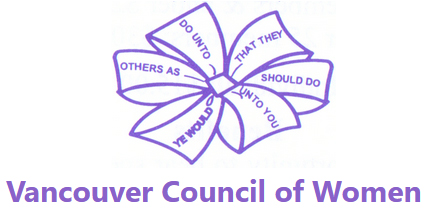By Victoria Shelkovnikova, Citizenship and Immigration Convenor
From the Departmental Immigration, Refugees and Citizenship Canada Results Report
Results at a glance
Super Visa for Parents and Grandparents
In a July 2022, the Ministers of IRCC and Public Safety extended the maximum period of authorized stay per entry for Parent and Grandparent Super Visa holders from up to two years to up to five years. This measure further promotes family reunification for parents and grandparents wishing to come visit their children or grandchildren temporarily.
Economic immigration
Of 368,824 permanent resident admissions in 2022 (excluding Quebec admissions), 57% (210,119) were from the Federal and Regional economic immigration classes, which exceeded the target range of 170,800 – 227,000 set for these streams.
Home Child Care Provider and Home Support Worker Pilot Programs
In 2022, IRCC finalized permanent residence applications for more than 6,000 caregivers and their family members under all caregiver pathways—over 4,330 caregivers and family members obtained permanent residence. This includes caregivers processed under the Home Child Care Provider and Home Support Worker pilots, the Interim Pathway for Caregivers, the Caring for Children and Caring for People with High Medical Needs pilots, and the Live-in Caregiver Program.
Provincial Nominee Program
In 2022, Canada welcomed 88,257 provincial nominees and their families. Provinces and territories maximized their nomination allocation, as 99% of nomination allocations were used by all provinces, inviting those candidates most needed in their local labour markets.
Under the Provincial Nominee Program (PNP), provinces and territories can design and implement specific streams targeting skilled workers, international graduates, and entrepreneurs who want to live in that jurisdiction with the skills, education and/or work experience necessary to contribute to its economy.
Atlantic Immigration Program
The Atlantic Immigration Program (AIP) is a pathway to permanent residence for skilled foreign workers and international graduates from an Atlantic Canadian institution who want to work and live in one of Canada’s Atlantic provinces – New Brunswick, Nova Scotia, Prince Edward Island or Newfoundland and Labrador. The program helps employers hire qualified candidates for jobs they have not been able to fill locally.
Parents and grandparents reunification
IRCC welcomed 27,262 persons in the Parents and Grandparents category in 2022 and continues to process applications according to the admission targets in the Multi-year Levels Plan.
Immigration and citizenship consultants
November 2021 marked the official opening of the College of Immigration and Citizenship Consultants, regulated under the College of Immigration and Citizenship Consultants Act. The College is now the official regulator of immigration and citizenship consultants across the country; all paid consultants must be licensed by the College to work with IRCC.
The College has powers and tools to investigate professional misconduct and to discipline consultants. The College can also protect the public by:
• entering a consultant’s premises to gather information for an investigation;
• compelling witnesses to appear and testify before its Discipline Committee; and
• requesting court injunctions to address unauthorized practitioners providing immigration or citizenship advice.
The College is a key part of the Government’s efforts to fight fraud in Canada’s immigration system and builds on significant action over the past few years.


